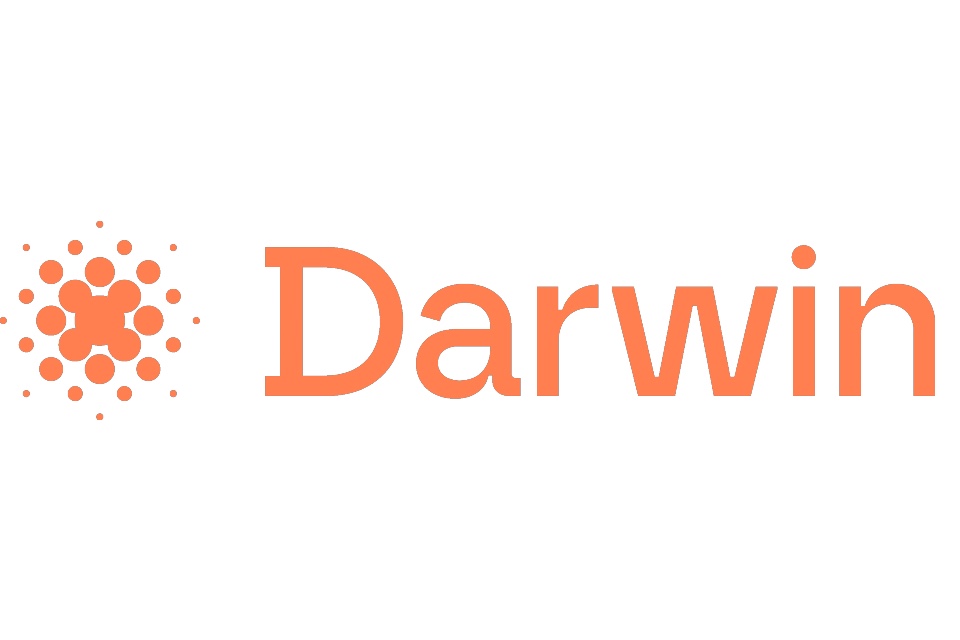Three key issues – taking advantage of Conversational User Interfaces, ensuring effective customer Journey Analytics, and addressing the impact of Peak Voice with augmented solutions – will become even more critical in 2020 if brands are to become more consistent in delivering brilliant customer experiences, says Sabio Group’s Chief Innovation Officer, Stuart Dorman…
More and more CX teams now recognise that pursuing a broad omnichannel customer engagement strategy hasn’t actually enabled the kind of best-in-class customer experiences they were looking to offer. That’s why in 2020 we’ll see an increased emphasis on the shaping and refinement of smarter customer journeys – ones that will help direct people towards the channels and resources that are more appropriate for what they’re trying to achieve.
However, being able to deliver this level of engagement at scale is always going to be challenging. And with Conversational User Interfaces fast becoming the dominant way for customers to begin their engagement with organisations, it’s essential that projects are not only designed and driven by CX operations specialists but also regularly optimised with the latest Journey Analytics tools to identify process and customer experience improvements. At the same time, organisations also need to recognise the increased complexity of voice interactions and provide agents with new levels of augmented support.
Here are our 3 key areas of focus for 2020:
- Conversational User Interfaces (CUI) – while it’s comparatively easy for an IT team to use open framework tools to build simple chatbots, it’s a much harder challenge to craft comprehensive virtual assistant solutions that can support a range of customer needs while still delivering high quality service at scale. Achieving success here requires organisations to look beyond key technology components such as speech recognition, natural language understanding and text-to-speech, and instead focus more on ‘the Art of CX’ such as the UI design aspect, the language used and the ongoing refinements that can only come from deep operational engagement.
- Journey Analytics – Despite the relative maturity as a technology, it’s surprising how few organisations take advantage of analytics tools to really understand the end-to-end customer journey. Getting this right is complex, however the benefits – whether in terms of identifying where demand is coming from, gathering and analysing customer intent, or refining processes to improve the digital experience – can be significant. Effective journey analytics also help to close the loop with other key CX processes. For example, it’s great to have a contact centre with demand fully optimised, but less good if you don’t know where those calls are coming from in the first place.
- Peak Voice – with customers experiencing continually improving self-service options thanks to innovations such as the Conversational User Interface (CUI), organisations are reporting a consequent reduction in voice traffic volumes. However, as the industry moves beyond Peak Voice, the actual complexity of calls coming into contact centres is increasing, along with handling times, as agents are left to deal with the interactions that can’t be resolved through self-service alone. This is placing greater focus on continued improvements to the CUI, as well as the introduction of augmented voice services that effectively add a digital channel in parallel with voice to allow agents and customers to share content during interactions.
Tackling these three challenges and working to streamline the customer journey will unlock huge benefits for both organisations and their customers in 2020 and beyond. However, brands simply can’t rely on virtual assistant or chatbot systems that only deliver one-size-fits-all FAQ-style responses.
As consumer expectations evolve, today’s conversations need to be tailored to customer understanding, they increasingly have to recognise a customer’s intent and mood, and they also have to be agile enough to recover from errors in dialogue or journey disconnects.
Bringing all these elements together and making it simple and intuitive for customers to get what they need from their interaction is where ‘the art of CX’ can make a real difference.






